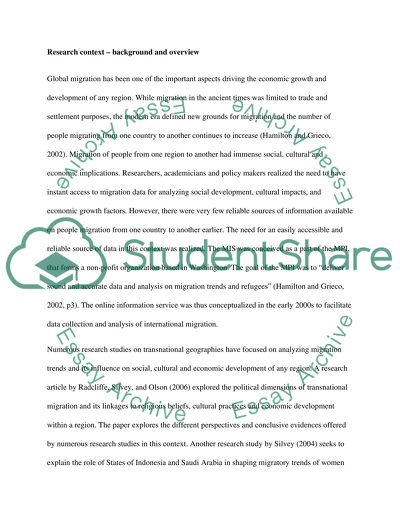Cite this document
(“Applied Case Study report for Transnational Geographies Essay”, n.d.)
Retrieved from https://studentshare.org/geography/1399031-applied-case-study-report-for-transnational
Retrieved from https://studentshare.org/geography/1399031-applied-case-study-report-for-transnational
(Applied Case Study Report for Transnational Geographies Essay)
https://studentshare.org/geography/1399031-applied-case-study-report-for-transnational.
https://studentshare.org/geography/1399031-applied-case-study-report-for-transnational.
“Applied Case Study Report for Transnational Geographies Essay”, n.d. https://studentshare.org/geography/1399031-applied-case-study-report-for-transnational.


